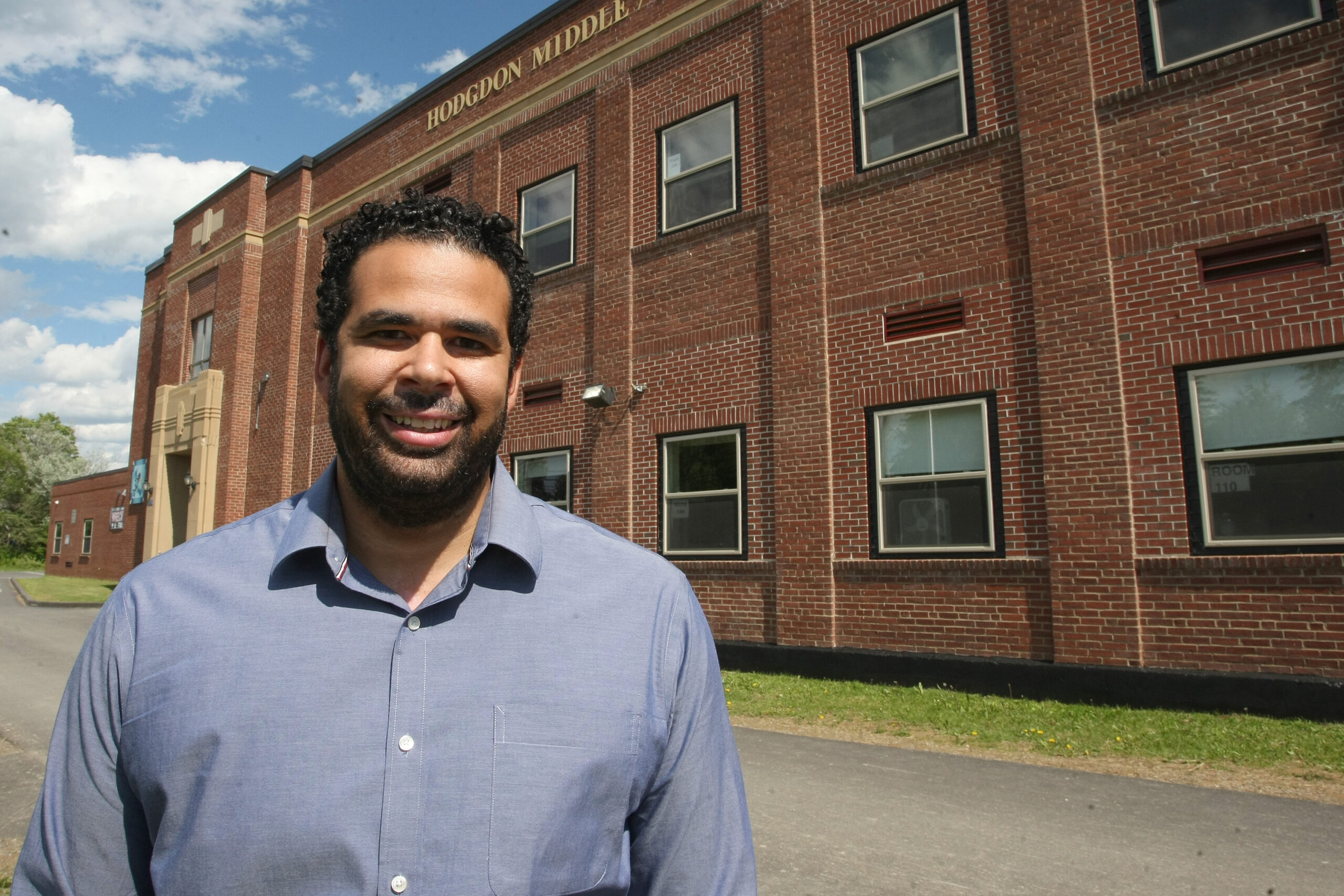
HODGDON, Maine — Despite eliminating lead from school faucets and pipes, two Aroostook County schools can’t use their water when classes start next week.
The new carbon treatment systems aimed at eliminating per-fluoroalkyl and poly-fluoroalkyl contaminants, better known as PFAS, from the water at Mill Pond Elementary and Hodgdon Middle High School won’t be ready for the first day of school, according to MSAD 70 Superintendent Tyler Putnam.
The new system, which administrators had hoped would be ready when fall classes begin, is slated for a late November completion after installers faced equipment and supply delays during the project.
The Hodgdon schools were among the first in The County to test for PFAS last November. When initial results came back in early December, the elementary school had 23 parts per trillion of PFAS and the middle high school had 34 parts per trillion. The state requires 20 parts per trillion or less, Putnam said.
“We have a plan. It’s unfortunate we will not be ready to go by the time the kids come back, but I’m confident that we will reach the November timetable we have right now and get back on track,” Putnam said on Friday.
The state told the district in December to cease all water use at the schools because of the PFAS levels. Over the winter holiday break, the district explored options that included running a water line from the Houlton Water Co., which has a pump station about 2.5 miles from the two Hodgdon schools.
The district chose instead to install a carbon treatment system. Hooking into the Houlton Water Co. would have required a major construction project that because of timing would not have been possible. County roads were slated for paving and all construction along the road is delayed for five years once it’s paved, Putnam said.
Maine’s new water quality testing rules required all public water systems to test for PFAS by the end of last year.
Additionally, a 2019 law requires all schools to sample taps used for drinking or cooking to determine lead levels at water sources. These include drinking fountains and faucets in kitchens, lab sinks and bathrooms. The safe state limit is currently 4 parts per billion of lead.
Thirty-seven percent of the faucets tested at both schools were positive for lead above the state limit. To remedy the lead problem, McPartland’s Plumbing tested faucets and pipes and installed new fixtures. The two schools have since passed all lead tests, Putnam said.
Engineers from Haley Ward Engineering in Bangor have been working with the district to redesign boiler rooms at the two schools to accommodate the new carbon treatment systems, Putnam said.
Before the water can be turned back on, he said, the district must ensure all the environmental requirements are met and the state tests come back favorably.
“We are looking at probably late November to switch back to using the water system,” he said. “We are making sure the water coming in is treated correctly.”
Once the system is complete, the district will send water samples to the state for testing.
The cost of the treatment system is not finalized yet, but the state’s Drinking Water Program has given the district a $120,000 grant, Putnam said.
Anything above that cost will be taken from the 2023-2024 district budget, he said.
Last year, the schools switched to bottled water and coolers of water for drinking and cooking. This year, with the assistance of the director of nutrition, the district rented five water coolers for each school, Putnam said.
“The water coolers are a little more secure and a bit easier. They come in and change out the bottles. It is more organized and less stress for everybody,” he said.
.
In an online message to parents and students, Putnam asked that all students bring a water bottle to school each day.






